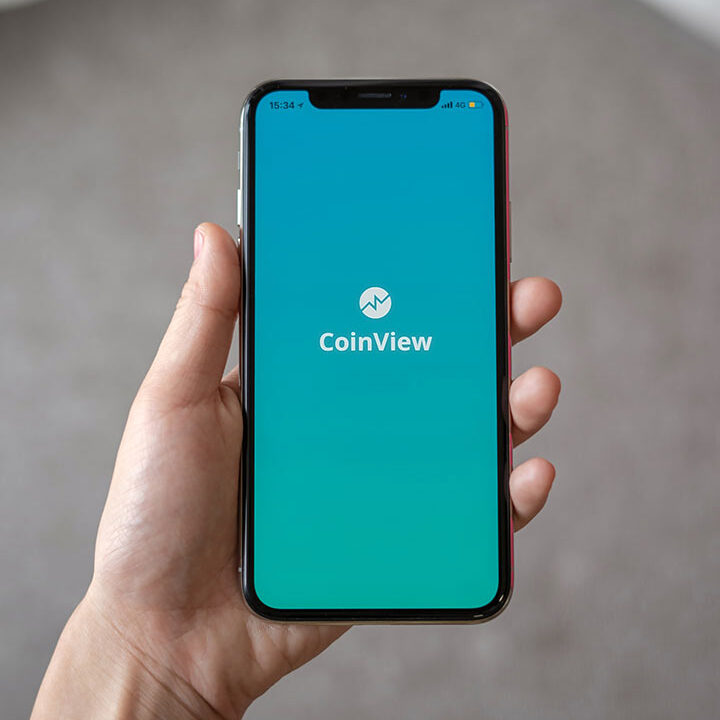1. Idea generation and conceptualization
Starting point for any successful mobile app. This step involves brainstorming and identifying a unique problem that the app can solve or a new market segment that it can tap into. The app's purpose, target audience, and platform are also defined in this step to create a clear vision.
2. Market research and analysis
Once the app idea is finalized, the next step is to conduct market research and analyze the competition. This helps in identifying the target audience, understanding user needs and preferences, and gaining insights into the app's potential market.
3. Planning and design
In this step, the app development team creates a detailed project plan, including timelines, budgets, and resource allocation. The app's user interface and user experience (UI/UX) are also designed in this step.

4. Development and testing
The actual development of the app begins in this step. The development team uses the technical requirements documentation to build the app's back-end and front-end components. During this phase, the app is rigorously tested to ensure that it is free of bugs and glitches.
5. Release and distribution
Involves launching the app on the desired platforms such as Apple App Store, Google Play Store, or other app stores. The app's marketing plan is executed to increase visibility . Post-launch, user feedback is collected and analyzed to improve the app's performance and user experience.
6. Maintenance and support
After the app is released, the development team provides regular maintenance and support to ensure that the app remains up-to-date and functions smoothly. This includes bug fixes, updates, and technical support for users.














